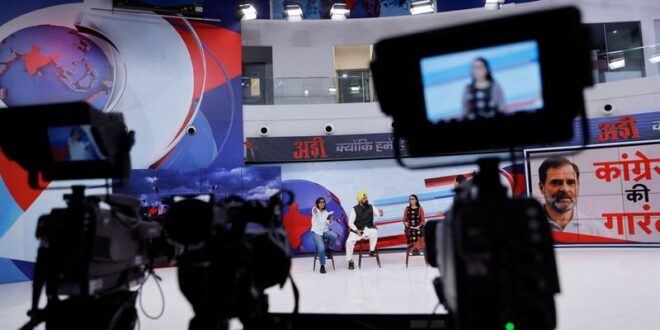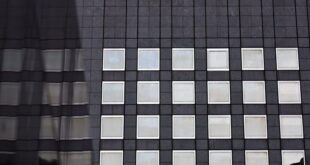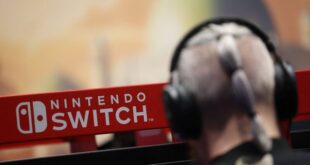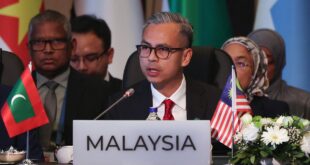NEW DELHI (Reuters) – There’s scarcely any critical evaluation of Prime Minister Narendra Modi on India’s mainstream television channels and most newspapers as the world’s most populous nation heads toward a general election that begins on Friday.
India’s once-in-five-years election usually draws fiery debate and mudslinging across its sprawling media. But this year, criticism of Modi and his Bharatiya Janata Party (BJP) is mostly online, some of which has gone viral in recent weeks.
YouTuber Dhruv Rathee has accused Modi of behaving like a dictator in a Hindi-language video that has over 27 million views, citing what he called silencing of critics, the use of federal investigation agencies to browbeat the opposition and the crushing of farmer protests.
Neha Singh Rathore, who produces popular music videos in the Bhojpuri language of eastern India, asks “What is happening in our country” in one of her songs, with stanzas on cronyism, shady electoral funding and the lack of action on unemployment, inflation and alleged violence against minorities.
Dozens of other voices that oppose Modi are active on YouTube, Facebook and Instagram, many in the Hindi language of India’s heartland that is the BJP’s power base.
“People have lost faith in traditional media, including most newspapers and TV channels,” Rathee told Reuters from Germany, where he moved as a teenager to attend university.
“They are watching independent journalists on social media to understand the real issues.”
In his video, the 29-year-old says: “The media has been bought. Every institution has been compromised, opposition leaders have been arrested, who is left? Only we, the people. We are the last hope. Protecting Indian democracy is our duty.”
The prime minister’s office did not respond to requests for comment. In the past, the government has denied it has sought to silence dissent, and that only those who have broken the law are arrested.
BJP spokespersons declined comment.
Despite the online criticism, opinion polls predict Modi and the BJP will easily win the seven-phase election, powered by Modi’s stratospheric approval ratings. Votes will be counted on June 4.
Gilles Verniers, a senior fellow at Centre for Policy Research, a Delhi-based think tank, said the response to Modi critics online indicated “there is an appetite for a lot of people for critical content, for a view that differs from the content that the BJP diffuses.”
He added: “It is not very clear that it is swaying a lot of voters”, although it was likely to mobilise those who already had a partisan bent to be more active.
WOOING ONLINE AUDIENCES
Puspanjali Sahu, 55, a housewife in the rural constituency of Sambalpur in eastern Odisha state, said social media journalists had emerged as the voice of the common people.
“Individuals like Dhruv Rathee and several others are bringing out the truth while countering misinformation spread by the ruling party. They have opened our eyes,” she said, indicating she would vote for a regional political party that opposes the BJP.
At least 800 million Indians have access to the Internet and the average Indian spends over two hours a day on social media, according to industry estimates, much more than on TV channels or on reading newspapers. The country has nearly one billion voters.
The BJP has not lagged in trying to woo the online audience.
Modi and members of his cabinet have met the country’s top social media influencers and gamers, including food, fitness, tech and religion bloggers, as part of the efforts.
“Social media is an effective channel for campaigning as everyone from young to elders are connected on them,” said Praveen Khandelwal, a BJP candidate for a parliamentary seat from the capital, Delhi.
“The negative campaign of Modi’s critics on social media would not have much impact on elections,” he said, adding that some of the content was spreading “fake news and hatred among communities.”
Modi’s administration has asked platforms, including YouTube, to suspend some accounts for violating India’s laws. One of them, “Bolta Hindustan” (India Speaks), a Hindi-language channel that is strongly anti-government, was blocked earlier this month for alleged violation of local information technology laws.
Rathore, the singer, said half her earnings from social media advertisements was spent on legal fees in contesting four police cases registered by the BJP supporters against her for creating “disharmony among the public” through her songs.
Rathore denied her songs promoted divisiveness.
“I am trying to raise the people’s voice – asking questions about government promises on creating jobs, doubling farmers’ incomes and women empowerment,” the 27-year-old told Reuters.
DEATH THREATS
Many of the people who criticise the government online say they are viciously trolled.
Ravish Kumar, a popular political commentator whose YouTube channel has over 15 million subscribers, said he has been abused online and received death threats for questioning Modi and the government.
“There is a need to worry that these trolling people get the support of ruling leaders,” he said in one of his videos.
Kumar coined the phrase “Godi (lap) Media” for what he calls the fawning over Modi by mainstream news channels. He was the primetime anchor on a night-time Hindi news show on NDTV, and quit when the television station was sold in late 2022 to the Adani Group, which is perceived as being close to Modi.
By ignoring public issues, the government and the mainstream media have provided a big opportunity to social media platforms, said Ajit Anjum, a former TV journalist who runs his own YouTube channel and has over 8 million subscribers.
“We will continue to raise public issues on our platforms despite threats of shutdowns and trolling and without worrying whether the current dispensation comes back to power,” he said.
($1 = 83.3390 Indian rupees)
(Reporting by Manoj Kumar; Additional reporting by Saurabh Sharma in LUCKNOW and Jatindra Dash in BHUBANESWAR; Graphics by Aftab Ahmed; Editing by Raju Gopalakrishnan)
 BeritaKini.biz Berita Viral Terkini di Malaysia
BeritaKini.biz Berita Viral Terkini di Malaysia





